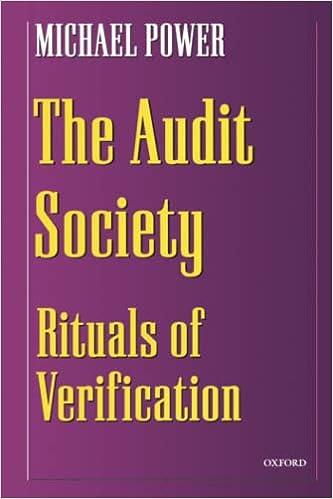

Consider the Heckscher-Ohlin model of international trade that we studied in class. There are two countries, Home and Foreign, and two sectors, 1 and 2. Home is endowed with KH units of capital and LH units of labor. Foreign is endowed with KF units of capital and LF units of labor. Households have identical Cobb-Douglas preferences in Home and Foreign, given by : U(C1,C2)=(C1C2)21 The production technology available is the same in each country: Xi=min{bKiKi,bLiLi} where Xi,Ki, and Li denote the output, capital input, and labor input of sector i respectively. That is, production in each sector is Leontief, whereby one unit of output of good i requires bKi units of capital and bLi units of labor. In what follows, assume that factor endowments are: KHKF=4=3LH=4LF=2 Assume also that the unit factor requirements are: bK1=4bK2=1bL1=1bL2=2 Case with Cobb-Douglas technology Now suppose that instead of having access to Leontief production technologies, firms produce using the following Cobb-Douglas technologies: X1=K13/4L11/4X2=K21/4L23/4 (l) By taking the first-order conditions for the firm profit maximization problem in each sector, show that real factor incomes are related to the relative goods price pr as follows: p1rp2r=Apr1/2,=Cpr3/2,p1wp2w=Bpr3/2=Dpr1/2 where A,B,C, and D are numerical constants. (m) Now suppose that under autarky, the relative goods price in each country is the same as in part (g). Similarly, suppose that under trade, the world relative goods price is the same as in part (i). Based on the expressions for real factor incomes in part (l), which factor in each country gains or loses from trade? Consider the Heckscher-Ohlin model of international trade that we studied in class. There are two countries, Home and Foreign, and two sectors, 1 and 2. Home is endowed with KH units of capital and LH units of labor. Foreign is endowed with KF units of capital and LF units of labor. Households have identical Cobb-Douglas preferences in Home and Foreign, given by : U(C1,C2)=(C1C2)21 The production technology available is the same in each country: Xi=min{bKiKi,bLiLi} where Xi,Ki, and Li denote the output, capital input, and labor input of sector i respectively. That is, production in each sector is Leontief, whereby one unit of output of good i requires bKi units of capital and bLi units of labor. In what follows, assume that factor endowments are: KHKF=4=3LH=4LF=2 Assume also that the unit factor requirements are: bK1=4bK2=1bL1=1bL2=2 Case with Cobb-Douglas technology Now suppose that instead of having access to Leontief production technologies, firms produce using the following Cobb-Douglas technologies: X1=K13/4L11/4X2=K21/4L23/4 (l) By taking the first-order conditions for the firm profit maximization problem in each sector, show that real factor incomes are related to the relative goods price pr as follows: p1rp2r=Apr1/2,=Cpr3/2,p1wp2w=Bpr3/2=Dpr1/2 where A,B,C, and D are numerical constants. (m) Now suppose that under autarky, the relative goods price in each country is the same as in part (g). Similarly, suppose that under trade, the world relative goods price is the same as in part (i). Based on the expressions for real factor incomes in part (l), which factor in each country gains or loses from trade








